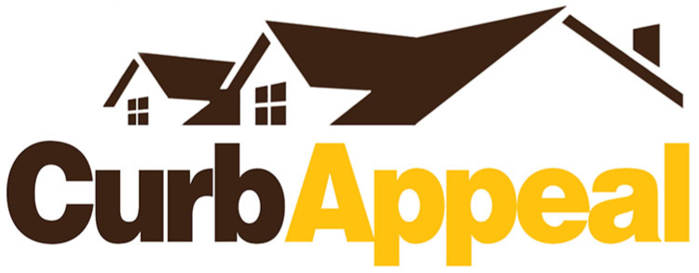Photo: © Darryl Brooks
 After an impressive climb in February, existing-home sales dropped in March, according to the National Association of Realtors (NAR). Every major region in the country experienced a decline in sales, but the decrease was most significant in the Midwest. However, many economists anticipated the lower sales figures. According to Lawrence Yun, chief economist for NAR, it is not uncommon in the housing market for sales to decline the month after an impressive surge. Yet, Yun adds, "Current sales activity is underperforming in relation to the strength in the jobs market. The impact of lower mortgage rates has not yet been fully realized."
After an impressive climb in February, existing-home sales dropped in March, according to the National Association of Realtors (NAR). Every major region in the country experienced a decline in sales, but the decrease was most significant in the Midwest. However, many economists anticipated the lower sales figures. According to Lawrence Yun, chief economist for NAR, it is not uncommon in the housing market for sales to decline the month after an impressive surge. Yet, Yun adds, "Current sales activity is underperforming in relation to the strength in the jobs market. The impact of lower mortgage rates has not yet been fully realized."
Buyer Profiles
However, first-time buyers do appear to be taking advantage of those lower mortgage rates. They accounted for 33% of all transactions in March, up from 32% a month ago and 30% a year ago. According to the "NAR 2018 Profile of Home Buyers and Sellers," 33% of all homebuyers throughout the year were first-timers. Individual investors, meanwhile, made up 18% of the market in March—up from 16% both a month ago and a year ago. Investors typically make most home purchases with cash; of all the purchases made in March 21% were all-cash sales, 2% lower than a month ago but 1% higher than a year ago. Distressed sales—including foreclosures and short sales—are often appealing to investors, yet in a sign of the housing market's strength, distressed sales accounted for only 3% of all transactions. This was down 1% from both February 2019 and March 2018. Only 1% of sales in March were short sales.
Increasing Supply Tempers Prices
The lack of distressed sales could be due in part to a rise in equity for homeowners. For the 85th month in a row, home prices saw year-over-year increases. Median existing-home prices climbed 3.8% in March. To help curb these rising prices, an increase in inventory is needed. Fortunately, the housing market saw just that; by the end of March, there were 1.68 million homes available for sale, an increase from February's supply of 1.63 million homes and a 2.4% rise from March 2018's inventory of 1.64 million homes. At the current sales pace, the housing stock will last 3.9 months, up from 3.6 months both a month ago and a year ago. The increasing inventory is welcome news to homebuyers, as it will help stabilize home prices.
In Demand
Demand for homes also appeared to improve month over month. The average property sold in just 36 days in March. This was faster than the 44 days on market seen in February, but slower than the 30 days it took the average home to sell in March 2018. Of all the homes sold in March, 47% were purchased in less than 30 days.
Regional Breakdown
Northeast - Existing-home sales annual rate of 670,000; a decrease of 2.9% from February and 1.5% from March 2018.
Midwest - Existing-home sales annual rate of 1.17 million; a decrease of 7.9% from February and 8.6% from March 2018.
South - Existing-home sales annual rate of 2.28 million; a decrease of 3.4% from February and 2.1% from March 2018.
West - Existing-home sales annual rate of 1.09 million; a decrease of 6% from February and 10.7% from March 2018.










 After an impressive climb in February, existing-home sales dropped in March, according to the National Association of Realtors (NAR). Every major region in the country experienced a decline in sales, but the decrease was most significant in the Midwest. However, many economists anticipated the lower sales figures. According to Lawrence Yun, chief economist for NAR, it is not uncommon in the housing market for sales to decline the month after an impressive surge. Yet, Yun adds, "Current sales activity is underperforming in relation to the strength in the jobs market. The impact of lower mortgage rates has not yet been fully realized."
After an impressive climb in February, existing-home sales dropped in March, according to the National Association of Realtors (NAR). Every major region in the country experienced a decline in sales, but the decrease was most significant in the Midwest. However, many economists anticipated the lower sales figures. According to Lawrence Yun, chief economist for NAR, it is not uncommon in the housing market for sales to decline the month after an impressive surge. Yet, Yun adds, "Current sales activity is underperforming in relation to the strength in the jobs market. The impact of lower mortgage rates has not yet been fully realized."